Cases of coronavirus may no longer be falling across England, according to a major survey that raises concerns over whether lockdown measures can contain the new variant, as the UK reported a record daily number of deaths.
Boris Johnson described the 1,820 deaths reported on Wednesday as “appalling”, as he warned: “There will be more to come.”
Scientists at Imperial College London analysed swab tests from more than 142,000 people across England between 6 and 15 January which suggested that new infections may have fallen recently but were now stable, and perhaps even growing slightly, with only south-west England showing clear evidence of a decline.
Imperial’s React-1 infection survey found 1.58% of people tested had the virus, a rise of 74% compared with the previous survey conducted between 25 November and 3 December.
Infections were highest among 18 to 24-year-olds, at 2.51%, with rates more than doubling among the most vulnerable over-65s to 0.94% in the latest survey.
The scientists estimate the R value – the average number of people an infected person infects – to be 1.04 for England. The epidemic grows when R is above 1 and shrinks when it falls below 1.
But the survey reveals regional variations, with cases potentially having plateaued in London and the east of England, falling in the south-west, where the R is estimated to be 0.37, and rising in Yorkshire and the east Midlands.
Levels of the virus were highest in London, with 2.8% of those in the survey testing positive, and lowest in the south-west, with prevalence of 0.53%.
Reacting to the new record death toll, the prime minister said the more transmissible variant discovered late last year was now in virtually all parts of the UK.
“It looks as though the rates of infection in the country overall may now be peaking or flattening but they’re not flattening very fast and it’s clear that we must keep a grip on this. We must maintain discipline, formation, keep observing the lockdown,” he said.
The Imperial scientists warned that pressure on the NHS showed no sign of letting up.
“The NHS is very resilient and all sorts of contingency measures are being brought in, but we do need to get the prevalence rates down because if we don’t then we will see the same pressure from prevalence to hospital admissions to [intensive care] admissions and sadly to deaths,” said Paul Elliott, professor of epidemiology and public health medicine at Imperial.
The data appears to contradict the falling trend in new daily reported cases at the start of this week, but Elliott believes the Imperial survey may be ahead of official figures, not least because the survey tests people routinely rather than picking up infections after people have developed symptoms and gone through the process of getting a test.
“We do think we are ahead of the [community testing] pillar 2 data and it may be that in coming days there will be a flattening off, but clearly we need to keep a watching brief,” Elliott said.
At a press briefing on the report, Steven Riley, professor of infectious disease dynamics at Imperial, highlighted Facebook data showing a fall in mobility immediately after Christmas and a rise at the start of the new year, which might help to explain a fall in cases followed by a levelling off.
But the new variant, named B117, which emerged in the south-east and is more transmissible, is also thought to be driving more infections.
“The fact that we’re in lockdown and it’s a stronger lockdown than lockdown two [in November], but R is above 1, we’d attribute some of that to transmission of the variant strain,” Riley said.
Record 343,00 people in UK receive Covid vaccine in one day
Read more
The survey came as the UK recorded a sharp rise in coronavirus infections, reaching 38,905 on Wednesday, after continued falls in cases earlier in the week. The latest figures bring the total number of cases in the UK to 3,505,754.
Government data up to 19 January shows that of the 5,070,365 vaccinations that have been given in the UK so far, 4,609,740 were first doses – a rise of 343,163 on the previous day’s figures. Second doses accounted for 460,625, an increase of 3,759 on figures released the previous day.
The seven-day rolling average of first doses given in the UK is now 281,490. Based on the latest figures, an average of 399,625 first doses of vaccine would be needed each day in order to meet the government’s target of 15m first doses by 15 February.
Riley said that while the vaccine rollout was “quite rightly” focused on those most at risk, they were not the most likely to spread the virus.
He said it would take “a large number of weeks or possibly months” for the vaccine to have an impact on the spread of the virus and bring new cases down.







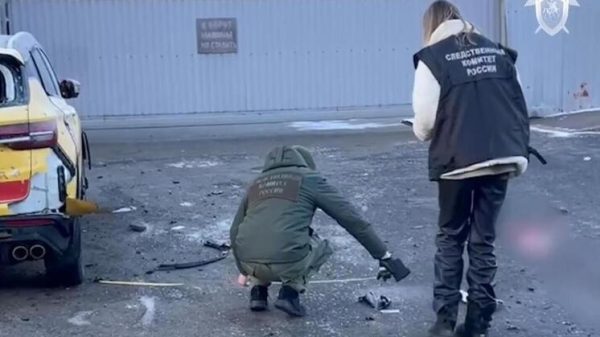



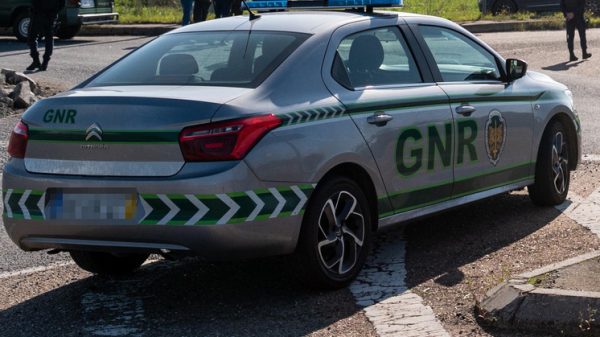

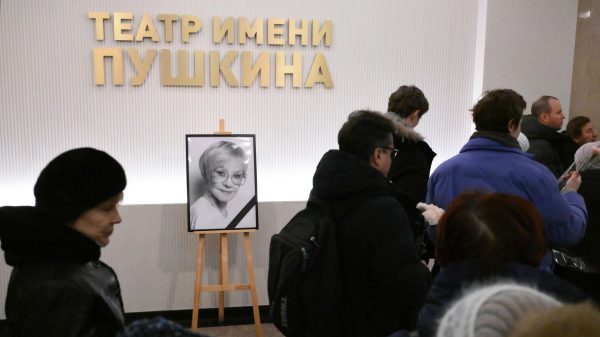




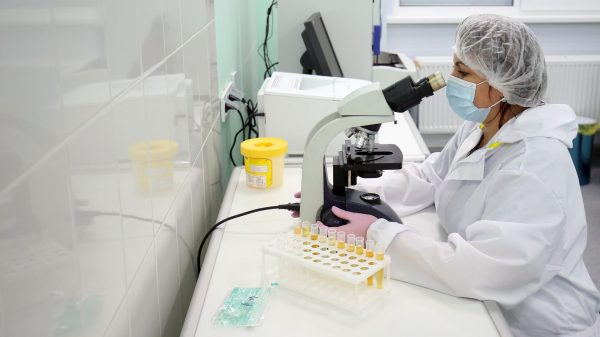
















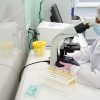



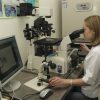












Свежие комментарии